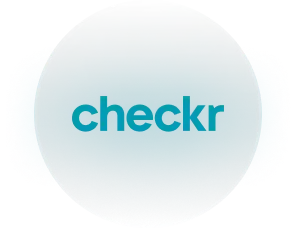Streamline your screening, hire top talent
AI-powered assessments and reference checks for fast, unbiased, and easy hiring decisions.













2,000+ teams use HiPeople to hire top talent






























All-in-one, or simply pick what you need
A single platform to hire talents that truly fit the job.
Hiring the best talent should be easy and fast
A single platform enabling you to hire the best talent. HiPeople’s Screening Toolkit let’s you automatically test candidates and run reference and background checks at scale.
Build a fast, fair, and smart hiring process your candidates love
Identify the best talent
Identify the right candidates, skip the wrong ones. Use tests to predict your candidate's job-fit and always make the best hire.
Discover next-level insights
Ask our AI assistant and gain hyper-contextualize insights into your candidates abilities, skills, and personality.
Hire confidently
Check credentials and spot red flags with HiPeople’s AI-powered reference checks.
What modern teams using HiPeople are saying.
Your data is secure with us
HiPeople is built with maximum privacy and top-level security. HiPeople is SOC 2 Type II certified, GDPR/ CCPA compliant, and private by design.
Learn moreSeamlessly integrated in the tools you love
Effortlessly integrate HiPeople into your existing workflows with only 5 clicks.
View integrations











Questions you might have
Yes! You can use assessments or reference checks as a stand-alone product. Or use both products together.
Yes! You can use both assessments and reference checks together on one plan. And by that get the most out of HiPeople.
Gain a full 360 degree view of your candidates by collecting both assessment and reference check data. Manage both steps in one system. And unlock 20% platform discounts on your total HiPeople fees.
Loved by our users, decorated with 20+ G2 awards.
























